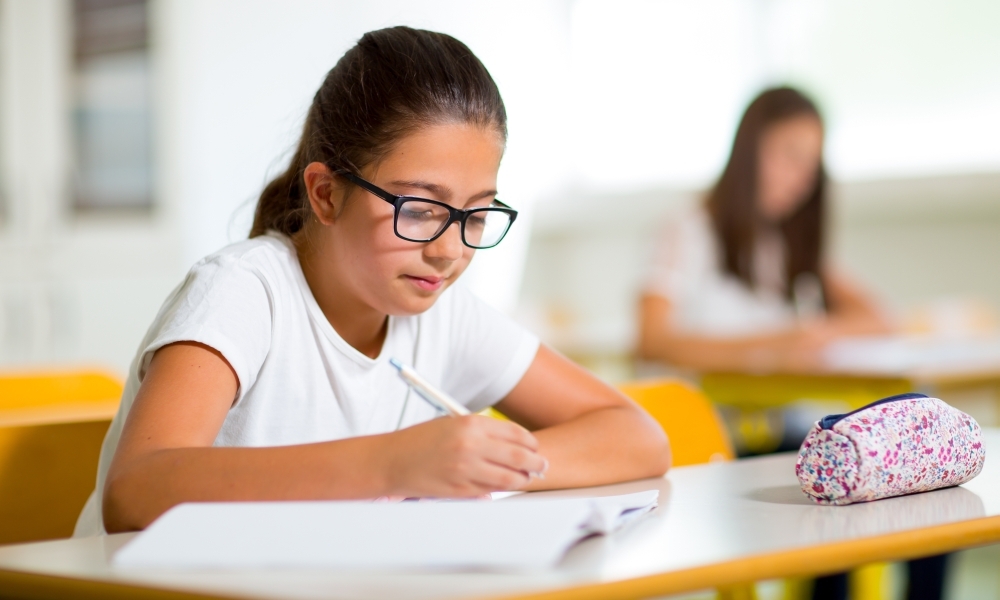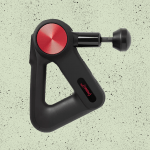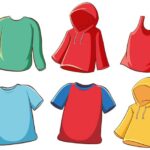
Research from the US, published online in JAMA Ophthalmology last month, measured the effect of a school-based screening program on the academic achievement of students in Grades 3-7. It found that the program in Baltimore City schools ‘improved students’ reading scores over one year, especially girls, those in special education, and students in the lowest quartile at baseline’.
The team from Johns Hopkins University, Harvard Medical School and the Institute of Education Sciences say previous studies showing an improvement in students’ classroom behaviour and the probability of passing academic tests in reading and maths after they started wearing glasses had various limitations, and this is the first study of its kind in the US (Neitzel et al., 2021).
The citywide cluster randomised clinical trial from 2016 to 2019 involved just over 2300 students in 120 public schools. ‘The magnitude of uncorrected visual impairment due to refractive error in school-age children is substantial; corrective eyeglasses provide a simple solution,’ they write.
Data show only 5-50 per cent of children who fail a vision screening test get follow-up care, and the percentage is particularly low in high poverty neighbourhoods ‘where vision problems are more than double the national average and students face greater difficulties with access to care’. They say school-based programs – offering tests and provision of glasses – are an opportunity to improve this access.
Discussing the results, the researchers write that the achievement benefit wasn’t sustained after two years – which may be because the students wear their glasses less and less over time, or the eyesight correction may no longer be sufficient. They point to previous research showing the positive impact of teachers reminding students to consistently wear their glasses.
The program operated through the school year, so students in the study may have been wearing their glasses for different lengths of time before they took the benchmark assessment. The researchers add it’s not clear why there wasn’t the same benefit in mathematics achievement as reading.
In terms of future studies, they suggest school-based vision screening programs could also have a potential impact on attendance and behaviour.
Training for teachers
Another recent study, this time in Tanzania, focused on the benefits of training primary school teachers in vision testing and making them aware of how students’ vision can affect their reading and learning (Wilhelmsen & Felder, 2021). The researchers also tested lighting conditions in classrooms and how it affects students’ ability to see their work and the board.
‘Few teachers are aware how vision influences reading and learning,’ they write. ‘Visual problems are detrimental to educational achievement if they are not recognised.’ They add unrecognised problems that can sometimes be attributed to learning or cognitive disabilities.
The East African nation doesn’t have a mandatory vision screening program for children. Coupled with this, a lack of books in schools means students often have to copy from the blackboard.
The teachers of just over 100 Standard 5 students (the majority aged 10 and 11) completed a professional learning course. All of the teachers held a bachelor’s or master’s degree and most had a teaching endorsement in visual, intellectual or hearing impairment, or other special education category.
‘When teachers learn about vision qualities and their impact on reading and learning, they understand why some pupils have reading problems, reduced motivation, disturbed self-esteem and problems with concentration. With these insights, more pupils can be helped to reach their potential,’ the researchers explain.
Testing vision and classroom lighting
The teachers carried out vision screening, under specialist supervision. None of the students wore glasses. The headmaster told researchers some children wore glasses to school but they would eventually break or get lost and never be replaced.
Lighting conditions were also measured in different parts of the classroom using a lux meter and the results were compared to the internationally-recommended level of 300 lux. Schools in Tanzania have to contend with power problems, and many rely on daylight from windows. Even where there is an electricity supply, it can be unstable or the lights aren’t bright enough to give good coverage across the classroom.
Data show around half of the students had problems in one or more elements of the Visual Acuity test (near distance, normal distance and long distance reading). Further, only 42 per cent of students had the expected level of eyesight or better for both near and distance.
The lighting conditions were ‘challenging’ – 30 per cent would have problems reading the blackboard. Indeed, in front of the blackboard was where light levels dipped to just 65 lux without electric lighting and 148 lux with the lights on. The recommended level for in front of a blackboard is 500 lux. The light varied during different times of the day, leading to areas of bright light and patches of dark shade. Too much light also causes problems – those sitting by the window may have a well-lit area for writing, but be dazzled trying to read text on a blackboard. ‘It seems that children are disadvantaged by both the environment and their visual function problems,’ the researchers conclude.
[“source=teachermagazine”]







